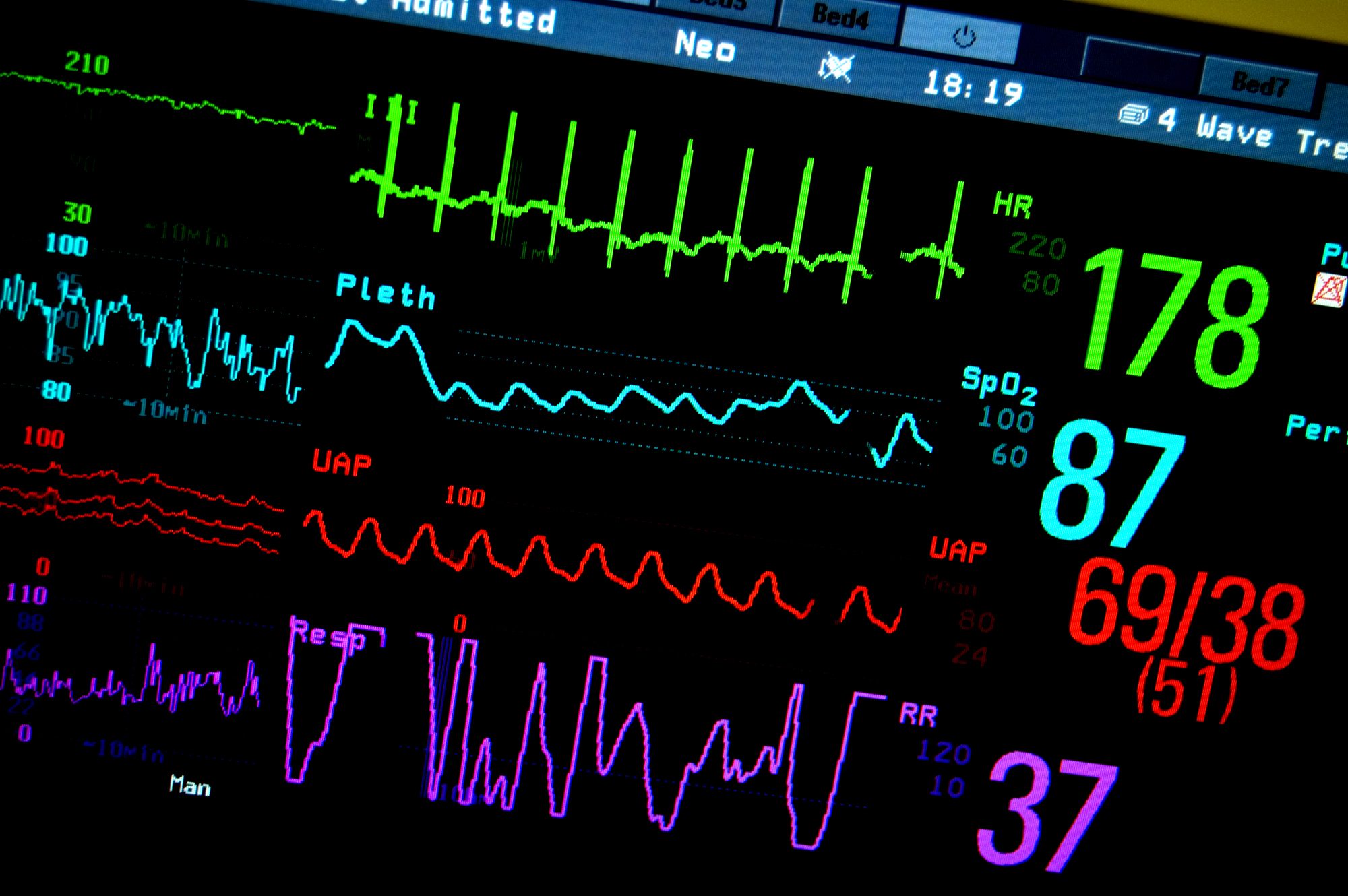TUESDAY, Aug. 30, 2016 (HealthDay News) — Patients who suffer a heart attack live longer now than they did before, and invasive procedures such as angioplasty, stents and bypass get a lot of the credit, a new study suggests.
While medicines and healthy lifestyle remain important, “it was the increased and more widespread use of this invasive coronary strategy that explain the changes/improvements in survival after heart attack” between 2003 and 2013, said study author Dr. Chris P. Gale.
He is associate professor and consultant cardiologist at the University of Leeds in England.
Gale’s team noted there’s been a steady decline in the rate at which people die in the months after a heart attack. But what’s driving that good news?
To find out, Gale worked with Leeds co-author Dr. Marlous Hall and others to track information from a 2003-2013 database on nearly 400,000 heart attack patients living in England and Wales. The patients averaged about 73 years of age.
Specifically, they looked at the treatments these patients received and compared that to their survival in the six months after their heart attack.
The patients suffered a specific, slightly milder form of heart attack called a non-STEMI attack.
As explained by cardiologist Dr. Alfred Bove, a STEMI heart attack is characterized by certain readings on an electrocardiogram, and “is usually associated with pretty significant damage to the heart muscle.” In these cases, interventions such as angioplasty or bypass are often needed, and quickly.
But non-STEMI heart attacks — about half of heart attacks treated — are somewhat less severe. “Yes, the artery gets blocked, but the extent of damage is usually not quite to the same degree,” explained Bove, who is emeritus professor of cardiology at Temple University Medical Center in Philadelphia.
So, in these cases, “The question that comes up is, ‘When do you decide to intervene in a patient like that?’ ” said Bove.
He believes that, based on the new findings, even milder, non-STEMI heart attacks may warrant angioplasty, stenting or bypass.
The analysis found that the six-month survival rate of British heart attack patients improved by about 3.2 percent, year by year, throughout the study period.
These gradual improvements were almost entirely due to the “increased and more widespread use of the invasive coronary strategy” — more angioplasties, stents and bypass procedures, Gale said.
Indeed, international guidelines now encourage this type of “aggressive” intervention for heart attack patients across the board, he noted.
The study, funded by the British Heart Foundation, appears Aug. 30 in the Journal of the American Medical Association. It is being presented simultaneously at the annual meeting of the European Society of Cardiology in Rome.
Unfortunately, “in 2012-13, about 2 in 10 [heart attack] patients did not receive an invasive coronary strategy,” Gale said, so there are still “opportunities to reduce premature death from heart attack.”
None of this means that medicines and healthy lifestyles don’t matter, of course.
“The positive effects of lifestyle, diet, exercise and cardiac rehabilitation have been shown for heart attack in many other studies,” Gale stressed.
Bove agreed. “The mainstay of the patient’s care is still what we call optimal medical therapy that includes medications and lifestyle changes — managing high blood pressure, managing diabetes, managing cholesterol,” he said.
But the new British study might convince cardiologists to help more heart attack patients, sooner, with invasive procedures.
“This data suggests the intervention probably has a little better outcome from the standpoint of survival than just pure medical [drug] therapy alone,” Bove said. “I think that’s the bottom line, and most practitioners now will, in fact, usually intervene.”
More information
To find out more about invasive interventions for heart attack, head to the American College of Cardiology.
Copyright © 2025 HealthDay. All rights reserved.

